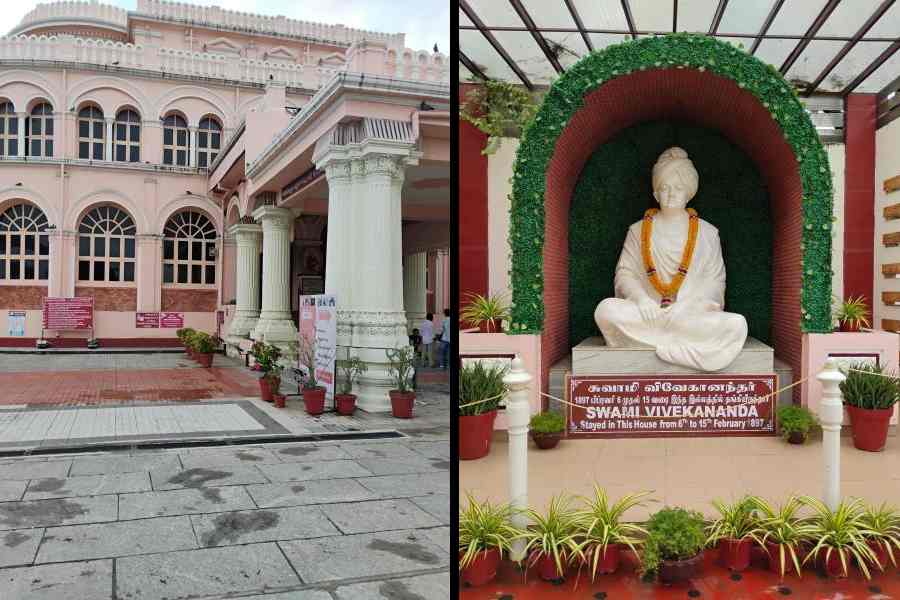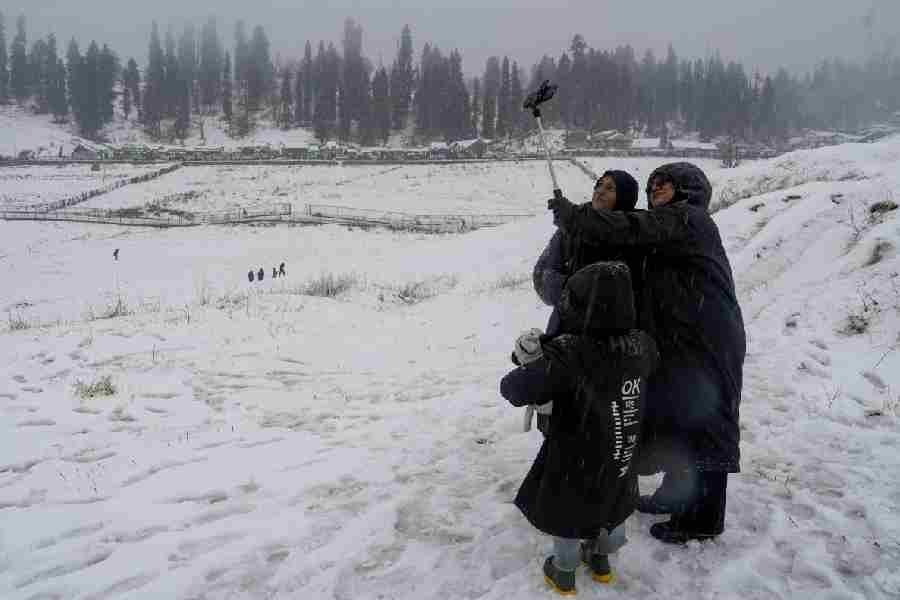 |
For the past eight months, it’s rained practically every day in Assam, giving the countryside a dazzling shade of green. This is Ledo, a town in Assam famous for two things. First, its coal mines — noticeable by the small, blackened hills surrounded by heavy machinery rising out of the green. The second is the very road you travel through to get to it. Or, at least, the road is famous from the point it starts at Ledo. This is called the Stilwell Road, a legacy of World War II.
During the war, American troops were looking for a way to get supplies to China. The Japanese had taken control of the Burma Road, a major highway between China’s southern Kunming province that stretched all the way to Mandalay, the heart of Burma, and was a crucial supply route. General Joesph “Vinegar” Stilwell built a road that started in Ledo, cut through Arunachal Pradesh and into Burma, and joined the Burma Road just south of Kunming province. It was initially called the Ledo Road. The name was changed in 1945 by Chinese military leader Chiang Kai-shek to honour the American general who oversaw its construction.
Today, Stilwell Road has fallen into disrepair and is littered with potholes. On either side, the thin, tall tamul trees form a natural fence along the entire length of the road, behind which are long stretches of paddy fields punctuated with the occasional town or village.
But Stilwell Road is once again in the spotlight. For if the recent trade talks between India and Myanmar are to fructify, this is the road that will see most of the trade traffic between the two countries.
India and Myanmar have, for over a decade, tried to boost their trade ties. Hopes have been raised following Myanmar strongman General Than Shwe’s visit to Delhi in July to increase bilateral trade between the two countries to more than the $1 billion.
But talking trade and implementing it are two different things. Along the border, there doesn’t seem to be a good enough support system to handle the current volume of trade, let alone the billion dollars worth that is being talked about.
The road from Ledo onwards is pretty bad. There is the ever-present danger of mudslides. On the right hand side, the hills climb down into a thickly forested valley.
A slow half-hour ride takes you to Nampong in Arunachal Pradesh, the last Indian settlement before the India-Myanmar border. Fifteen kilometers further uphill lies the Pangsau Pass, and once you’re out the other side — voilà! — you are in Myanmar!
However, trade with Myanmar is sporadic at best. For traders like Ramesh who live in Jairampur, a small town in Arunachal Pradesh on the Stilwell Road, the local economy turns inwards for its needs. “We go to Tinsukia (Assam). We get everything there. So why do we need to cross the border?”
If anything, it seems like it’s the Myanmarese who need Indian goods. Says N.M. Das, the sub-divisional officer at Nampong, “The road conditions on the Myanmar side to Pangsau and surrounding areas are very bad. There’s little that can be transported through them. So the Myanmarese come to our side to buy what they need.”
There is in fact a weekly bazaar in Nampong where Myanmar traders come to buy stuff. But as Das points out, commerce here is far below its potential.
“There is scope for a lot more. You have a coal mine in Ledo. Myanmar has teakwood that we can use. Both Assam and Arunachal Pradesh are rich in natural resources, and we should move to opening them up,” he says.
Right now the only meaningful trade between India and Myanmar takes place through Manipur, especially through its border town, Moreh. In fact, after India and Myanmar signed the Border Trade Agreement in 1994, Moreh was twinned with the town of Tamu in Myanmar to carry out barter trade.
However, barter trade has proved disastrous for traders. The accord limits trade to a mere 40 items, and the barter system is too restrictive to make it profitable. Says V. Shekar, president of Moreh’s Board of Trade and Chamber of Commerce, “There are no new applications for trade licences. Traders would rather ship their items directly from Mumbai or Calcutta. Exports have almost come to a standstill.”
Besides, says Ravi Chandran, a Moreh-based businessman, there’s the additional problem of Chinese goods flooding the market here. “People like Chinese goods because they are cheap. There’s not much demand for Indian goods across this section of the border.”
This is where the Stilwell Road becomes a critical element in potential Indo-Myanmarese trade. If the road is patched up and made serviceable there might be scope for boosting trade to the levels that both countries are talking about. While trade through Manipur is hamstrung by the fact that Moreh is located far away from National Highway 31 — the only national highway that leads from the rest of India into the northeast — Stilwell Road is connected directly to it.
“Right now the condition of the road is such that transporting goods in large quantities is not possible. However, if the road is repaired, we would have far greater access to Myanmar than what we have now,” says Das.
There is another advantage of using the Stilwell Road for trade. Unlike the Manipur border with Myanmar, there is demand for Indian goods along the Arunachal Pradesh border. Says Das, “To the people living on the other side of the border from here, it’s easier to come and trade with India. It’s cheaper for them; things are more expensive on their side. There is a huge demand for a variety of Indian goods across the border.”
The Stilwell Road scores over Moreh on the security front as well. Manipur is a volatile state, and home to many militant groups that constantly hamper trade there. Quite often, the road from Imphal to Moreh is shut by bandhs organised by these groups.
Assam and Arunachal, however, have been far quieter, and while there are rumours of bandits in the forests of the Patkai hills along the Arunachal-Myanmar border, this part of the northeast is safer for trade than Manipur.
So clearly, if the Indian government is serious about beefing up its trade with Myanmar, Stilwell Road ought to get a facelift soon. Otherwise General Stilwell’s road to Burma will continue to crumble and plans to increase trade will remain in the realm of wishful thinking.










